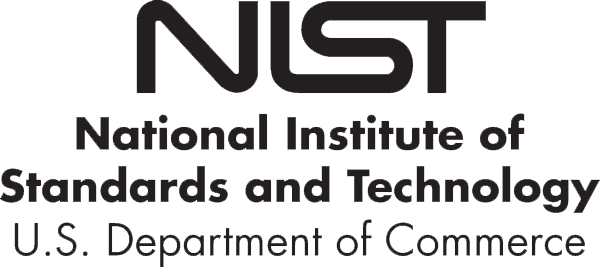Clean Energy Systems
Although energy demand in the national energy portfolio is projected to observe only modest increases over the next 20 years, the equipment and tools used to support the energy infrastructure will change significantly. Acknowledging that global demand is expected to increase by about 50 percent in that same timeframe, the need to support rapid materials development is paramount if supply chains are to be maintained, especially for new technologies.
Within an “all-of-the-above” national energy strategy—including fossil, nuclear, and renewable sources to meet future energy demands—the discovery and deployment of advanced materials for harnessing, converting, distributing, and utilizing these energy sources are crucial for providing humanity with affordable, abundant, and environmentally responsible energy systems. Examples of such sustainable systems include innovative materials to more fully utilize the vast solar resources, pioneering energystorage materials enabling a diverse energy harnessing and delivery infrastructure, novel alloys enabling efficient energy conversions in extreme environments, and groundbreaking catalysts promoting the production of energy-dense liquid fuels from a variety of feedstocks.



















